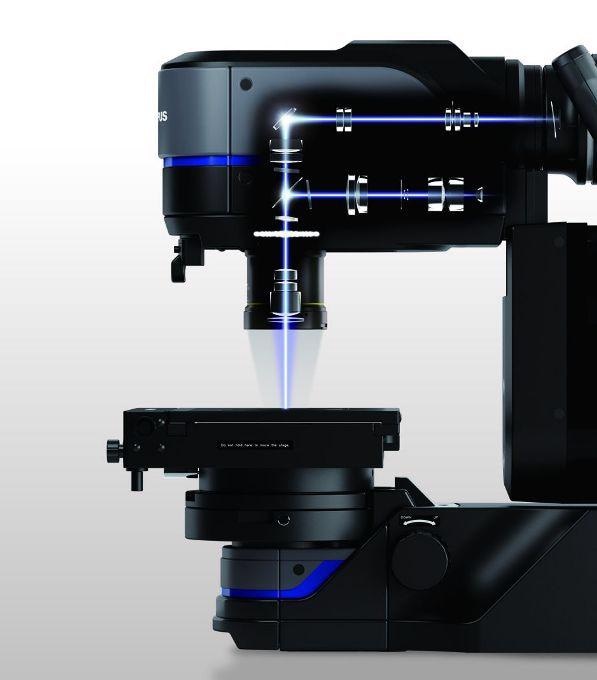Optical microscopes magnify a small object viewed through an eyepiece. However, digital microscopes are becoming increasingly popular as technology advances.

Image Credit: Evident Corporation
This article discusses what a digital microscope is, how it works, and the benefits of using one. It also provides some examples of how they are used.
What is a Digital Microscope?
Rather than using an eyepiece, a digital microscope uses a digital camera that is connected to a computer monitor to display the results in real time.
How Does a Digital Microscope Work?
Captured images are output to a computer monitor using optics and a digital camera. Digital microscopes range from simple handheld versions to advanced systems that offer multiple observation methods and measurement functions.
Some digital microscopes use computer software to perform advanced tasks, such as recording videos, adjusting images, editing video footage, analyzing 3D samples, making measurements, and creating reports.

Image Credit: Evident Corporation
What are the Benefits of Using a Digital Microscope?
Both digital and optical microscopes perform the same tasks. However, digital microscopes come with added benefits, for example:
- Collaboration: Information can easily be shared with colleagues since digital microscopes show images on a screen.
- Comfort: Samples can be viewed on the monitor display while sitting comfortably rather than having to sit looking through an eyepiece, making the working environment more ergonomic.
- Magnification: While the magnification in optical microscopes is determined by multiplying the lens magnification by the eyepiece magnification, with digital microscopes, the level of magnification is determined by the size of the computer monitor. This means that some digital microscopes have higher magnification than many optical microscopes. For example, the DSX1000 digital microscope from Evident offers a magnification range of 20X to 7000X with optical zoom, allowing a close view of the sample and providing the ability to capture higher quality digital images than if using conventional digital zooming.
- Higher quality images: Digital microscopes can project an image directly to the camera to create high-quality images. Other image enhancement features include anti-halation to reduce glare, high dynamic range (HDR) for better contrast and color depth, the ability to create all-in-focus images beyond the field of view, and angled lighting options.
- Image storage: Images taken on a digital microscope can be saved on a computer hard drive or storage device, allowing users to reference and examine them as well as create thorough reports.
- Easy operation: Digital microscopes are usually easier to operate than traditional optical microscopes so that work can be carried out quickly.
What Is a Digital Microscope Used for?
Various objects, from micro-fabricated parts to large electronic devices, can be efficiently inspected and analyzed using a digital microscope. A vast range of industries, such as education, research, medicine, forensics, and industrial manufacturing, all use digital microscopes. They are commonly used to:
- Inspect brake pads in automobiles
- Detect counterfeit documents in law enforcement
- Inspect connector pins in manufacturing
- Inspect collectible coins or stamps
- Inspect semiconductor wire bonding in manufacturing
- Restore and conserve artwork
- Make intricate repairs to jewelry and watches
- Enhance industrial QA/QC processes
- Quantify the presence of defects in the automotive painting process
- Analyze historical documents
- Conduct field research for archaeology and paleontology
Quality Counts
Not all digital microscopes are created equal. Users should choose a model that has features that meet their specific application. For example, the Evident DSX1000 digital microscope enables users to switch observation methods without having to change lenses. This feature saves time during automobile brake pad inspections as operators often try multiple observation methods to see which one works best.

This information has been sourced, reviewed and adapted from materials provided by Evident Corporation.
For more information on this source, please visit https://www.evidentscientific.com/en/